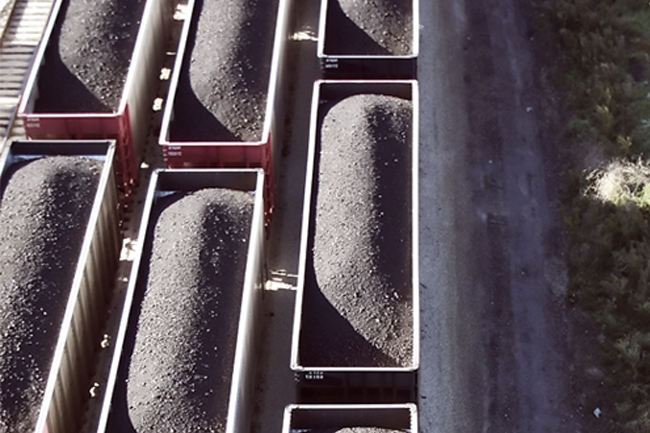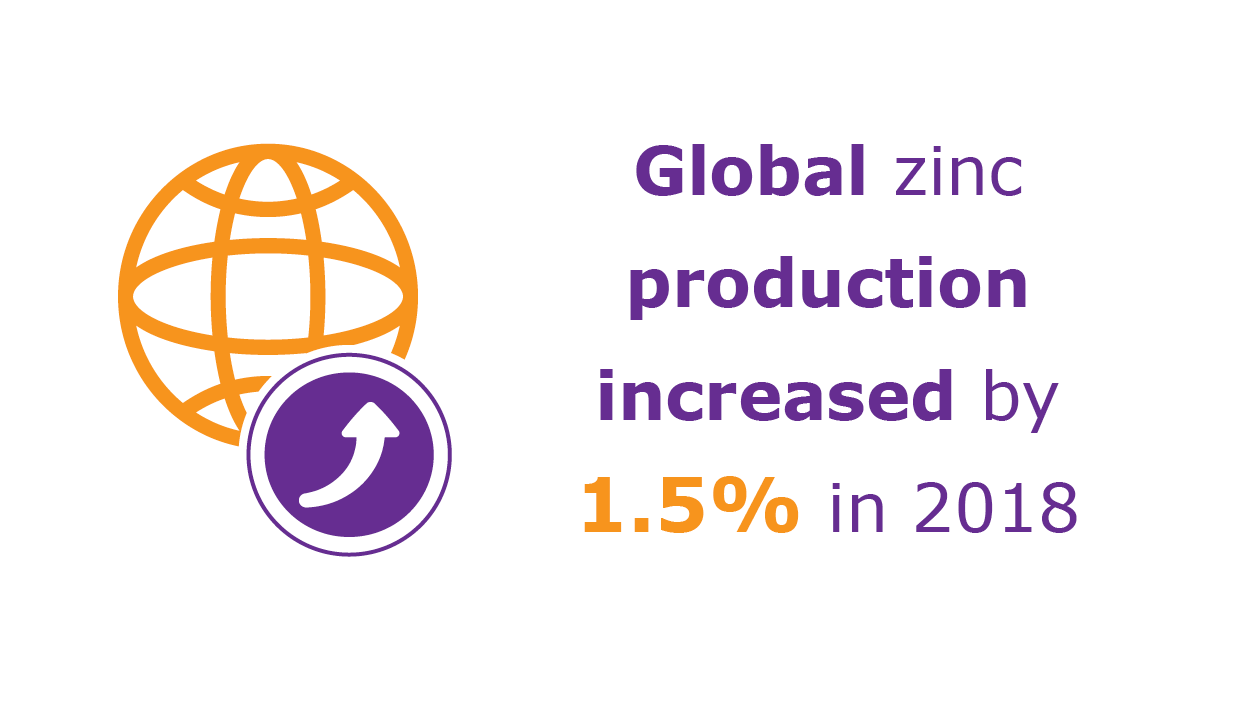In November last year, news came that China’s largest railway construction company had signed a US$12 billion contract to build a new railway in Nigeria.
Chinese news agency Xinhua reported that China Railway Construction Corporation’s next project in Africa would be a 1 400 km railway along the coast from Lagos in the west to the south-eastern port of Calabar.
The company had already rehabilitated the British-built Benguela railway that used to transport minerals from the DRC and Zambia to the Angolan seaport of Lobito.
The line fell into disrepair during three decades of civil war in Angola. Natural resources from the DRC and the Zambian copperbelt had to be carried – on less direct routes and generally by road – to ports such as Dar es Salaam in Tanzania, Durban in South Africa and Beira in Mozambique.
The Benguela line’s reconstruction began in 2006 at a total cost of some US$1.83 billion. The 1 344 km-long railway is expected to transport 20 million tons of freight and 4 million passengers annually.
Two further rail lines have been restored with Chinese assistance in Angola, running parallel to the Benguela railway: a 424 km line from Luanda to Malanje, an area with great diamond, limestone, manganese, uranium and phosphate reserves; and a 907 km line from the port town of Namibe to Menongue, a region that is rich in iron ore.
In another deal, China will construct a US$3.8 billion rail link in Kenya between Mombasa and Nairobi. According to Xinhua, the Exim Bank of China would finance 90% of the cost to replace the 609 km line on the Kenyan side, with that country’s government footing the balance.
Construction has already started on the new railway network, which will eventually connect Kenya to Uganda, Rwanda, Burundi and South Sudan. The East African railway will stretch more than 2 935 km, with freight trains running at a speed of 80 km per hour.
The current rail revival in Africa is crucial to economic development as many railway lines built during colonial times have since become dilapidated.
African governments, however, generally don’t have the money, manpower or expertise to develop complex rail projects, so they partner with the private sector, other states or international development agencies. Several African railways are operated and maintained by concessionaires.
In the mining sector especially, logistics are a key component in the production chain because mines are often situated away from existing infrastructure, in geographically remote regions. Large mining companies end up subsidising or even building their own road or rail infrastructure to their mining operations.
Across industrial nations, there is a trend to exploit intermodal logistics solutions and move rail-friendly cargo from the road onto rail. Rail-friendly freight is generally understood to be heavy, uniform and bulk cargo that is transported over distances greater than 500 km – for instance coal, manganese, iron ore, magnetite, chrome and rock phosphate.
The continent’s high-volume, heavy-haul freight railways are profitable, in contrast to most passenger or lower-volume freight operations. Successful examples are Sierra Leone’s Pepel-Tonkolili iron ore line, as well as South Africa’s Sishen-Saldanha iron ore and Richards Bay coal lines.
Transnet, the South African state-owned rail and ports operator, is in the middle of its ambitious market demand strategy that will channel ZAR201 billion into the expansion of freight rail infrastructure by 2018/19. The goal is to reduce the road-rail freight industry imbalance, create rail freight capacity and increase rail volume – especially in commodi-ties such as iron ore, coal and manganese.
Mboniso Sigonyela, Transnet’s head of corporate communications, says: ‘A switch from road to rail will reduce costs, congestion and carbon emissions. It will further mitigate the deterioration of the secondary road network. We will be creating capacity to meet growing demand while minimising the cost of doing business.’
Transnet Freight Rail (TFR) has implemented its Project Shongololo, a 200-wagon rail service along its coal export corridor to Richards Bay, to reduce cycle time and increase throughput from the mine to the port.
In 2014, TFR signed a ZAR24 billion coal export deal with BHP Billiton that commits the global mining group to a 10-year ‘take-or-pay’ rail contract. This means the parastatal will provide sufficient trains to transport the coal and the mining house will be obliged to pay – whether they have product or not.
Across industrial nations, there is a trend to exploit intermodal logistics solutions and move rail-friendly cargo from the road onto rail
TFR said in a media statement: ‘The agreement with BHP [Billiton] is a massive boost for certainty around Transnet’s capacity expansion programmes on the export coal line. Transnet is adding close to 10 million tons in capacity on the line from the current 73 million to 81 million tons over the next seven years.’
Across South Africa’s borders, the parastatal is expanding its rail activities on the Maputo, North-South and East-West corridors.
It has established joint rail operating centres in Botswana, Mozambique and Zimbabwe that have dramatically improved the co-ordination and integration along the North-South corridor. More such centres are set to follow.
‘We are planning to increase over-border rail volumes from 7.2 million tons to 18.6 million tons by 2021,’ says Sigonyela. Transnet is working closely with various industry bodies to improve the regulatory environment for over
border trains and we’re focusing on exporting and maintaining rolling stock in the region.’
Ultimately, the parastatal strives to become an original equipment manufacturer (OEM). In March, South Africa’s President Jacob Zuma unveiled the 95th electric locomotive at Transnet’s factory in Koedoespoort, Pretoria.
The locomotive was one of 95 bought from China South Rail, of which 85 were built at the parastatal’s manufacturing and engineering facility. Several black-owned firms were involved in supplying components for engineering services during the build programme.
Meanwhile, JSE-listed freight and logistics service provider Grindrod has been engaged in the rail sector for just 10 years but it has already significantly expanded its services and the scale of its operations.
For example, the group is already an OEM. Its locomotive manufacturing plant in Pretoria supplies new as well as refurbished locomotives and wagons to rail and mining companies in various African countries.
Grindrod’s rail division also provides on-site maintenance where it operates, including the DRC, Mozambique, Sierra Leone and Zimbabwe. In addition, it operates railways, provides rail signalling systems, and constructs and maintains track infrastructure.
James Holley, divisional chief executive of Grindrod Rail, says: ‘We have spent the last few years developing our rail capabilities and growing our capacity to participate in the growth in the Africa rail sector.’ This has included the upgrade of rail infrastructure for the Matola coal terminal in Mozambique. And in 2014, Grindrod Freight Services formed a Mauritius-based joint venture for freight-rail leasing. The new company, called GPR Leasing Africa, will provide cost-effective leasing options for mainline and shunting locomotives as well as wagons.
Another subsidiary, Grindrod Mauritius, announced a partnership with Northwest Rail Company to build, operate and maintain a 590 km railway from the Zambian copperbelt to the Angolan border. The railway is going to be constructed in two phases, costing a total of about US$1 billion. The first phase will service existing ore and finished copper traffic while the second will open up a direct route to Lobito, to enable Zambian oil imports from Angola and encourage further mining in the western copperbelt.
‘We like the economic fundamentals of the copper market. We have previously been highly focused on the coal and iron ore markets so this gives us a good opportunity to diversify our bulk commodity mix,’ said the late Dave Rennie, CEO of Grindrod Freight.
‘This investment will enable Grindrod to extract synergies from our existing investments in the North-South rail corridor and our port operations in Maputo, Richards Bay and Durban. We also see great potential in creating an Atlantic gateway to Central Africa through Lobito and look forward to playing our part in making this a reality.’






